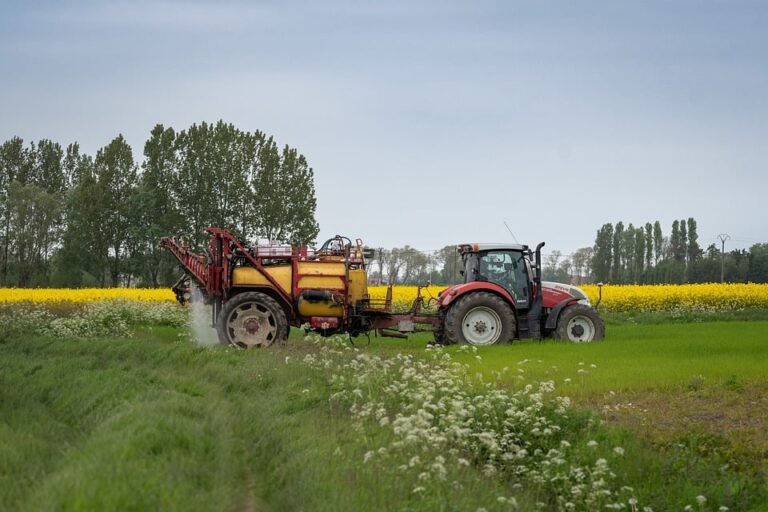Rekshino Village: A Timeline of Key Events and Milestones in its History
Introduction
Rekshino Village is a small community located in the heart of the countryside, boasting a rich history that spans centuries. From its humble beginnings as a farming settlement to its transformation into a thriving hub of cultural and economic activity, the village has seen its fair share of ups and downs. In this article, we will explore the timeline of key events and milestones that have shaped Rekshino Village into the vibrant community it is today.
Early Settlement and Development
1500s:
The earliest records of Rekshino Village date back to the 16th century, when it was established as a farming settlement by a group of settlers looking to make a living off the land. The fertile soil and abundant natural resources in the area made it an ideal location for agriculture, and the village quickly grew into a bustling hub of activity.
1700s:
By the 18th century, Rekshino Village had become a thriving community, with a strong agricultural economy and a close-knit population. The introduction of new farming techniques and technologies further boosted the village’s productivity, allowing it to expand and prosper.
Industrialization and Growth
1800s:
The 19th century saw the industrial revolution sweep through Rekshino Village, bringing with it significant changes to the local economy. The introduction of new industries such as textiles and manufacturing transformed the village into a major center of production, attracting workers from all over the region.
1850s:
In the mid-19th century, Rekshino Village saw a period of rapid growth and development, as new infrastructure projects such as roads and railways connected it to neighboring towns and cities. This facilitated the transportation of goods and people, further boosting the village’s economic prosperity.
Modernization and Diversification
1900s:
The 20th century brought further changes to Rekshino Village, as advancements in technology and communication revolutionized the way the community operated. The village’s economy diversified, with new industries such as tourism and services emerging alongside traditional sectors like agriculture and manufacturing.
1950s:
In the post-war era, Rekshino Village experienced a period of rapid modernization, as new infrastructure projects and urban development initiatives transformed the landscape of the community. The village’s population boomed, and new schools, hospitals, and public amenities were built to accommodate the growing number of residents.
Challenges and Resilience
1980s:
The 1980s brought economic challenges to Rekshino Village, as global market fluctuations and changing consumer trends impacted local industries. The village’s economy suffered, leading to job losses and a decline in living standards for some residents.
2000s:
Despite these challenges, Rekshino Village remained resilient, with local businesses adapting to changing market conditions and finding new ways to thrive. The village’s community spirit and strong sense of identity helped it weather the storm, and by the early 2000s, Rekshino Village was once again on the upswing.
Looking to the Future
Present Day:
Today, Rekshino Village is a vibrant community that continues to evolve and grow, while remaining true to its roots. The village’s economy is diversified, with a mix of traditional and modern industries supporting its residents.
Future Prospects:
As Rekshino Village looks to the future, there are exciting opportunities on the horizon. With a focus on sustainability and innovation, the village is poised to become a leader in eco-friendly practices and technology, while preserving its rich cultural heritage.
Conclusion
In conclusion, Rekshino Village’s timeline of key events and milestones paints a picture of a community that has faced challenges and setbacks, but has always come out stronger on the other side. From its humble beginnings as a farming settlement to its modern-day status as a thriving hub of activity, the village’s history is a testament to the resilience and determination of its residents. As Rekshino Village looks to the future, it is clear that its best days are still ahead.





